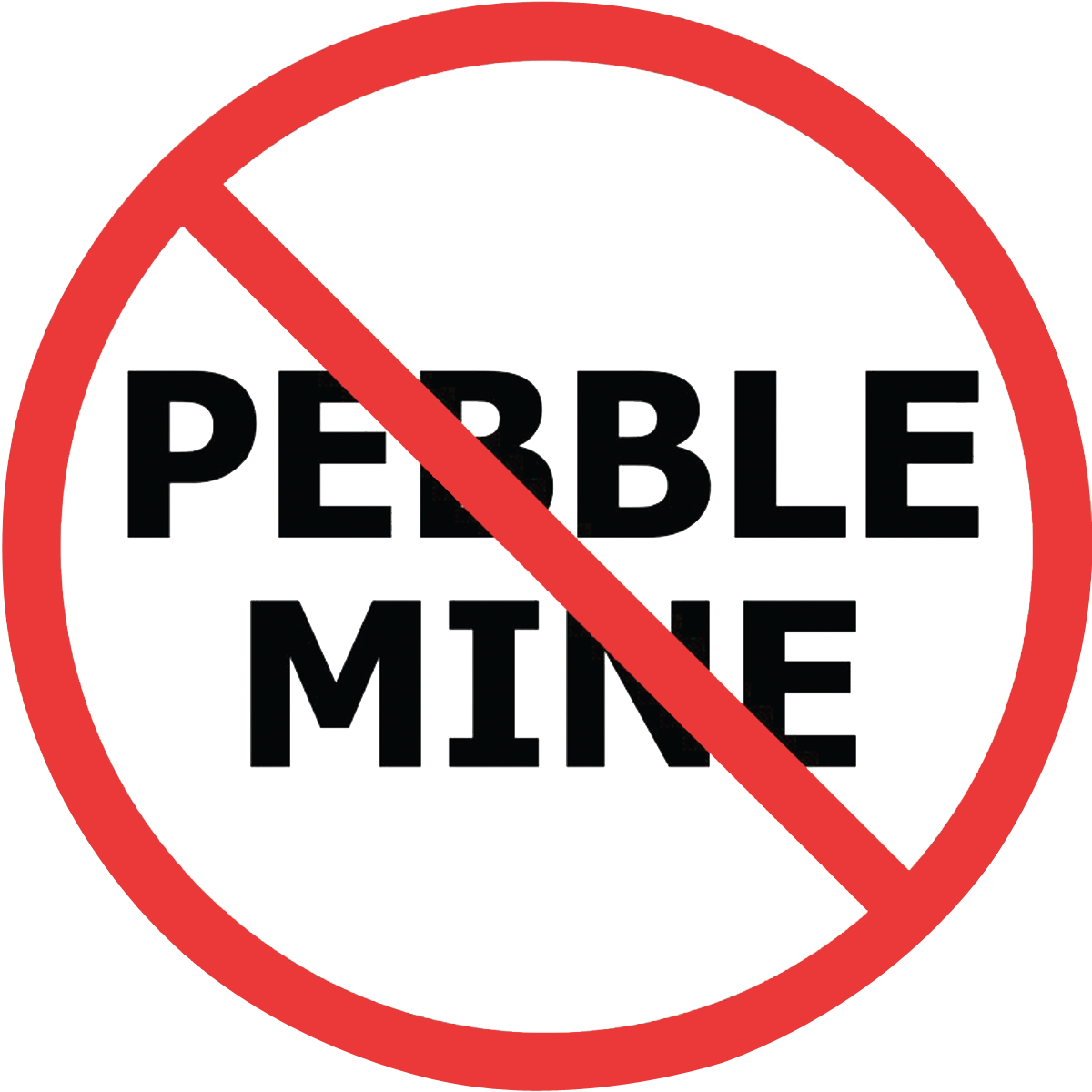Selenium is a chemical element with similarities to arsenic that is toxic to fish and wildlife when present in elevated levels.
Our scientific analysis has revealed that Selenium in Pebble’s discharge water would almost certainly be toxic to fish in Bristol Bay.
The Draft Environmental Impact Statement (DEIS) - the KEY document of the permitting process - presumes…
the wastewater treatment plants at Pebble can remove selenium to 5 ug/L, which is the state water quality criteria for this element, and,
that 5 ug/L will be protective of aquatic life in Bristol Bay.
Both are almost certainly false.
The DEIS does not use any evidence from actual mining operations that are currently treating water for selenium to validate the claim that the wastewater treatment plants can meet Alaska state water quality criteria of 5 ug/L. Personal communications among our science team with plant operators have not turned up any examples of mining water treatment plants that can meet the 92-94% selenium removal the DEIS relies on. Furthermore, the wastewater treatment plants will have to treat very high volumes of water, making it even more difficult to achieve the 5 ug/L goal.
Next, the State of Alaska water quality criteria is based on old science, using EPA guidance from 1999. There is a much greater understanding now of how selenium becomes toxic through the food chain, and EPA guidance was updated in 2016.
2016 EPA guidance is for selenium in water to be below 1.5 - 3.1 ug/L. The impacts from selenium will be ongoing in perpetuity regardless of whether the mine expands from a 20-year to a 78-year mine.
Fish and bird impacts from dust and selenium
The DEIS almost entirely ignores impacts to birds from anything, including selenium.
In order to treat selenium in mine water, the incoming water will need to be heated. The effluent will be warmer than receiving waters, and could cause fish eggs to hatch before food is available.
Selenium is another example of how the Corps of Engineers has not done their job and is NOT holding Pebble up to a high standard of scientific rigor that Bristol Bay demands. And, our decision makers are letting them. Please comment to the Corps of Engineers that Pebble poses unacceptable risk to Bristol Bay.

